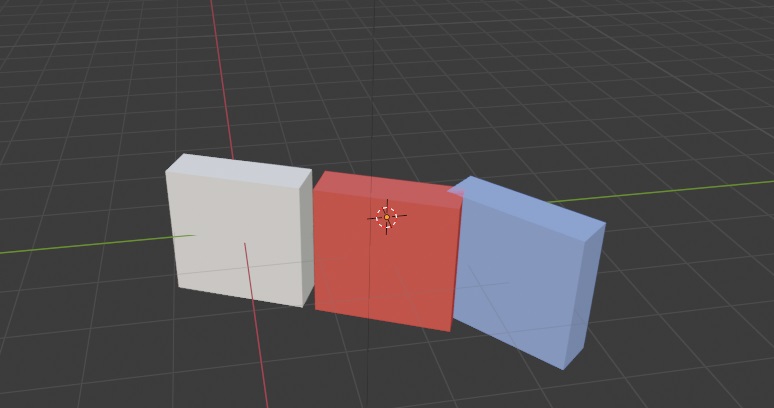I'm trying to animate three cubes: the white one rotate on itself; the red rotate with the withe one (remaining aligned with it); the blue one have to rotate with the two others, but simultaneously it must rotate around the center of the red one.
I did what follows and it didn't work:
- I added the white one, and insert a keyframe at 1 with zero rotation, then i went to the 100 keyframe and add a keyframe with -45 z rotation;
- I added the second one (red) and joined with the first (when i play the animation, the red one rotates correctly with the red;
- I added the third one (blu), set his origin to the center of the red one (around which i want it to rotate), and add a delta transform of -45 z rotation.
But the center of the rotation of the blue one remains still at the original position of the red, so it doesn't rotate around the moving red one but around a fixed point.
I cannot understand hot to rotate the blue one around the center of the red while it moves, in a way that the blu cube still in line with the white and the red.
Thanks in advance





